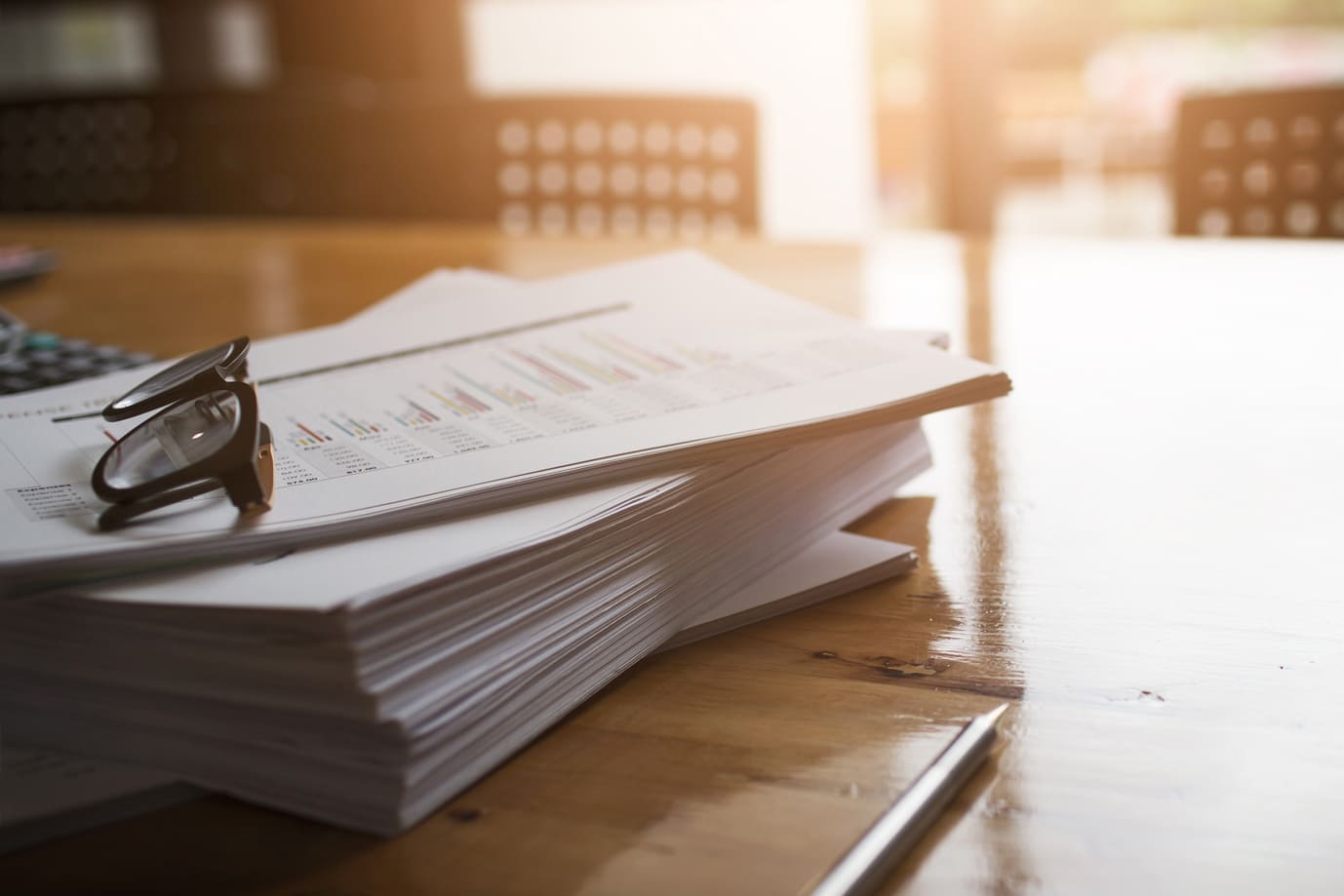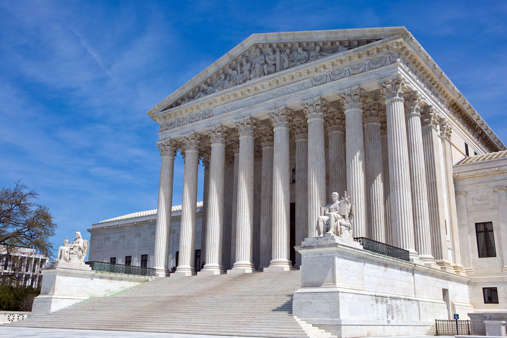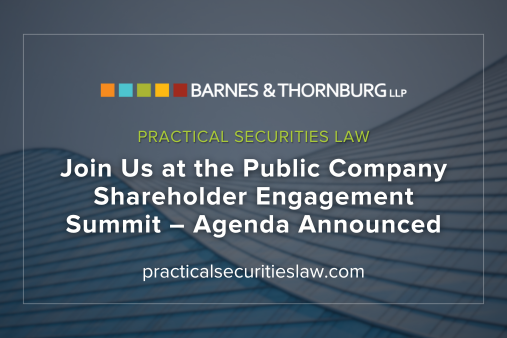In a decision issued on June 2, 2014, the United States Supreme Court unanimously held that infringement of a patent can be induced only if the persons allegedly induced would themselves be guilty of infringement of the patent. However, the court expressly left unresolved the important question of what it means to infringe a patent when more than one actor is involved in doing what the patent requires. As a result, the significance of the court’s decision will have to await future developments.
Before a patent can be infringed, everything required by the claims of the patent must be done by someone. That much is well established and not controversial. Equally well established and not controversial is that patent infringement comes in two types – direct infringement, which occurs when someone does what the patent requires, and indirect infringement, which occurs when someone causes direct infringement.
In many situations, especially when the patent involves the Internet, all things required by a patent claim may be done, but not by the same actor. Suppose, for example, that a patent claim requires both the storage of a specific type of information and use of that information in a particular way. The storage could be done by the website owner and the information used by a visitor to the site. Assuming the information and use are exactly as claimed in the patent, has the patent been directly infringed under those circumstances? In a 2008 decision, the United States Court of Appeals for the Federal Circuit, which decides cases involving patents, concluded that when two different parties collectively do what a patent claim requires, there is no direct infringement unless one of the parties effectively controls the other.
In the case giving rise to the Supreme Court decision, the plaintiff claimed the defendant had engaged in a form of indirect infringement called induced infringement by causing multiple parties to carry out all the steps of a patent collectively. Because the parties acted independently, the Federal Circuit held, based on its 2008 decision, that the parties collectively carrying out the steps of the patent could not be guilty of direct infringement. However, in a decision that raised eyebrows at the time, the court also held that the defendant could be guilty of induced infringement even though no one would be guilty of direct infringement. This decision was reversed by the Supreme Court in a case called Limelight Networks, Inc. v. Akamai Technologies, Inc. The court held that if no one is guilty of direct infringement, no one can be guilty of induced infringement.
The court’s decision was based entirely on an assumption of the correctness of the Federal Circuit’s 2008 decision that direct infringement is impossible when parties collectively, but independently, carry out the steps of a patent claim. Although asked to decide if that decision was correct, the court refused to do so and expressly invited the Federal Circuit to reconsider its decision. The court gave hints that it disagrees with the conclusion that direct infringement involving multiple parties requires that one party control the other because the conclusion allows “a would-be infringer to evade liability by dividing performance of a method patent’s steps with another whom the defendant neither directs nor controls.” But the decision of the Federal Circuit remains the law until either it or the Supreme Court changes it. As a result, whether parties collectively performing the steps of a patent, none controlling the others, can be guilty of direct infringement remains for another day, as does the related question of whether a party causing those steps to be performed is guilty of inducing infringement. All that is really clear from today’s decision is that direct and indirect infringement will follow the same rule, whatever it is.
For more information, contact the Barnes & Thornburg attorney with whom you work or a member of the firm’s Intellectual Property Law Department in the following offices: Atlanta (404-846-1693), Chicago (312-357-1313), Columbus (614-628-0096), Delaware (302-300-3434) Elkhart (574-293-0681), Fort Wayne (260-423-9440), Grand Rapids (616-742-3930), Indianapolis (317-236-1313), Los Angeles (310-284-3880), Minneapolis (612-333-2111), South Bend (574-233-1171), Washington, D.C. (202-289-1313).
©2014 Barnes & Thornburg LLP. All Rights Reserved. This page, and all information on it, is proprietary and the property of Barnes & Thornburg LLP. It may not be reproduced, in any form, without the express written consent of Barnes & Thornburg LLP.
This Barnes & Thornburg LLP publication should not be construed as legal advice or legal opinion on any specific facts or circumstances. The contents are intended for general informational purposes only, and you are urged to consult your own lawyer on any specific legal questions you may have concerning your situation.
Visit us online at www.btlaw.com and follow us on Twitter @BTLawNews.








/Passle/6488d4630e7e25c9ac9f834a/MediaLibrary/Images/2024-07-18-19-15-33-047-669969d52008239f764a11af.png)


/Passle/6488d4630e7e25c9ac9f834a/SearchServiceImages/2024-07-17-15-17-44-967-6697e0980752df56d2441ada.jpg)
